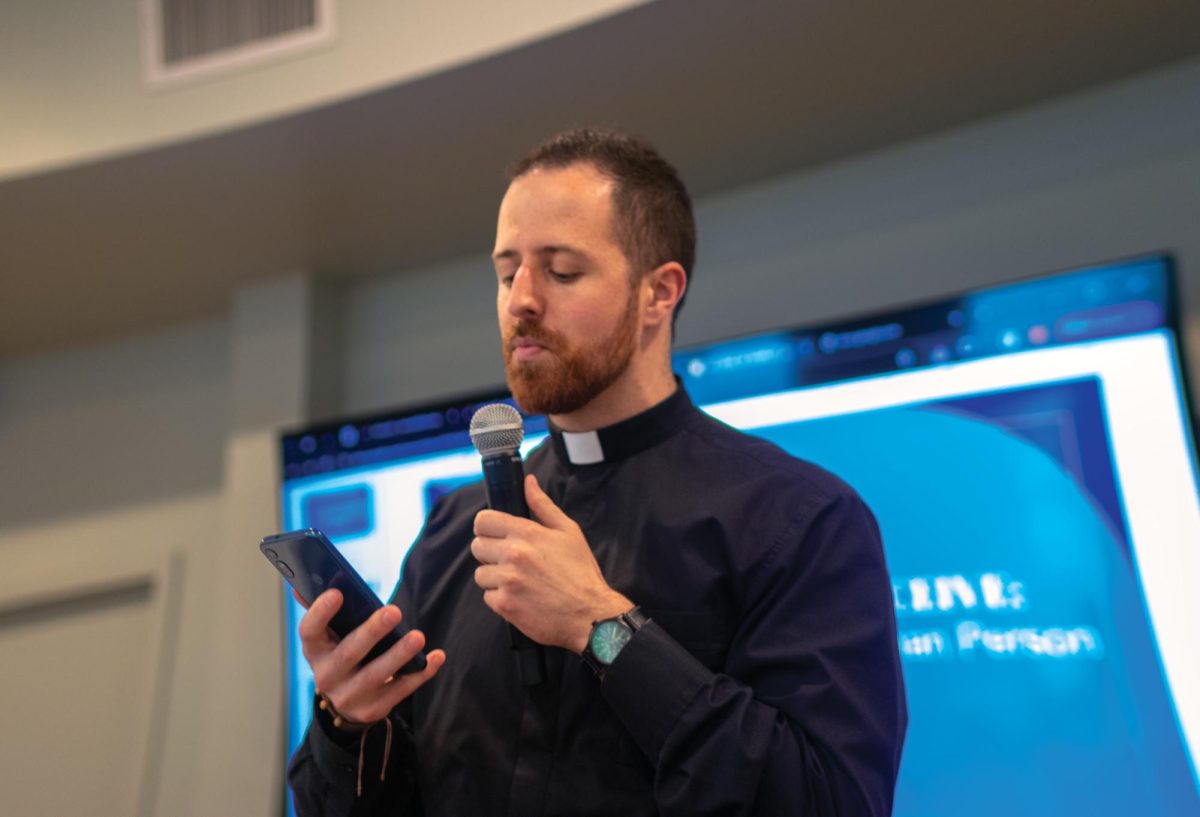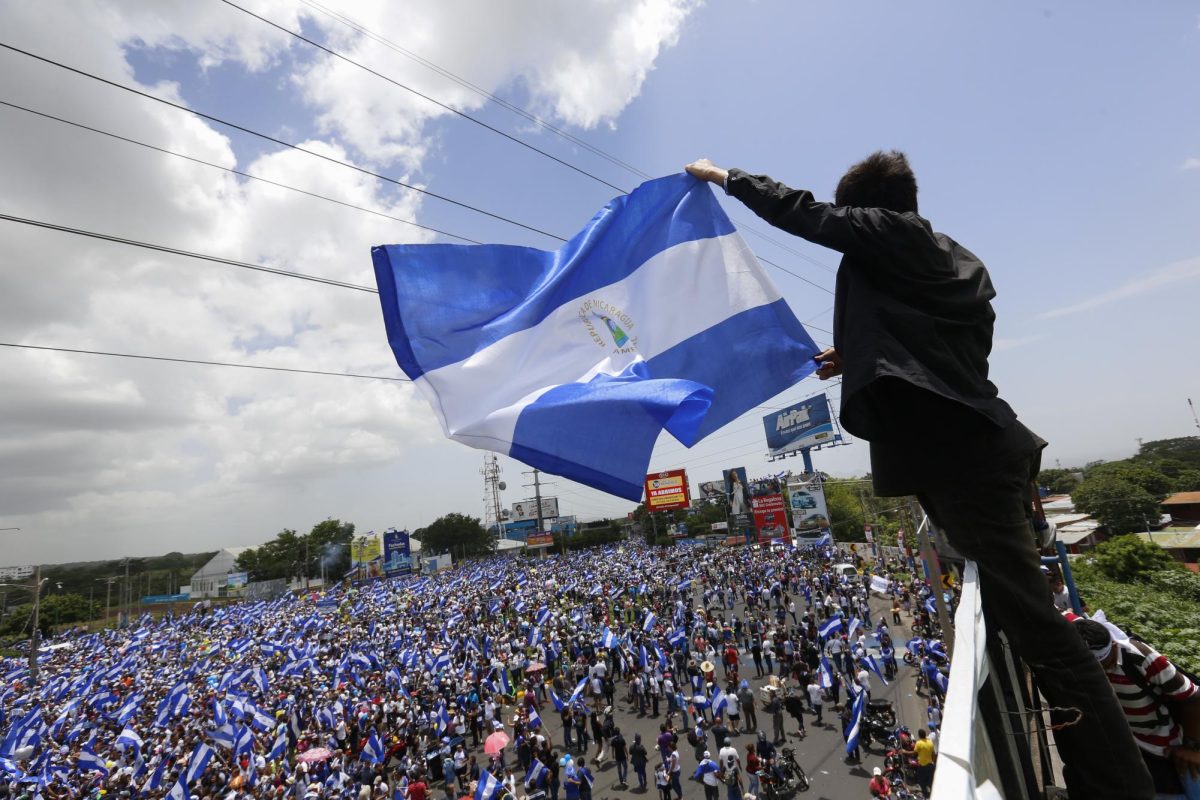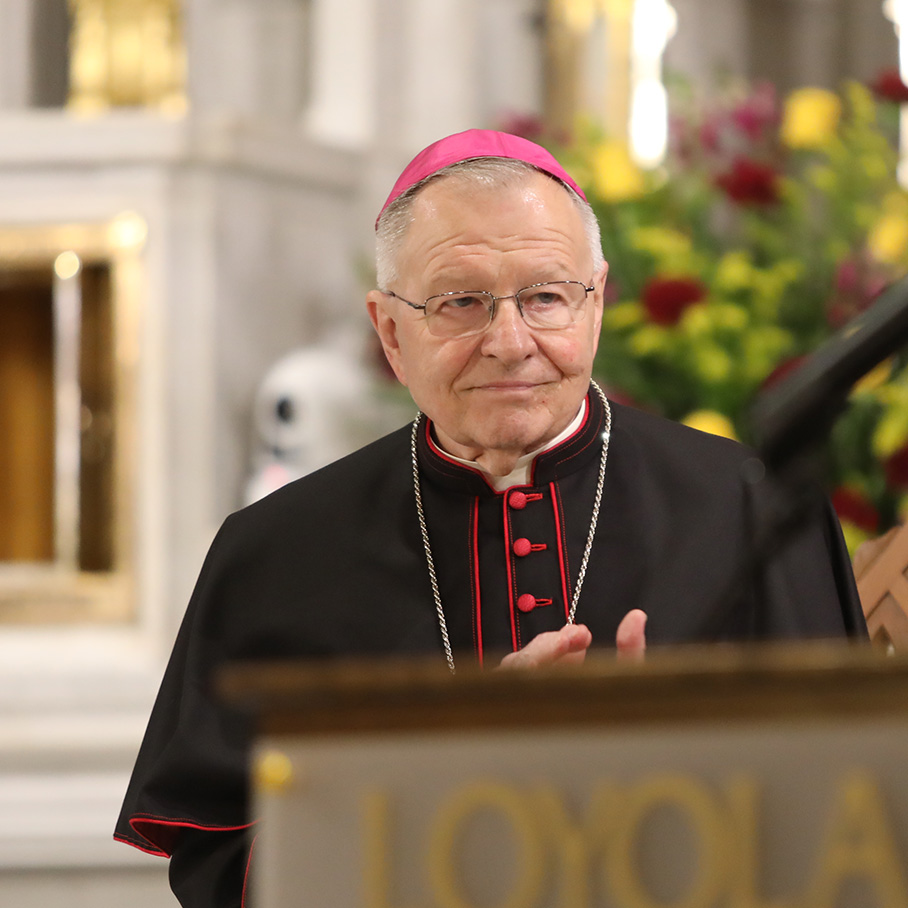The Loyola Himalaya Adventure is a geographical, cultural, experiential and educational study abroad journey.It is also a spiritual journey. In fact, many students find that for them this is what it is most of all.
Our cosponsor is a group that works with Tibetan refugees. Our students are assigned Tibetan learning partners.Our beloved monk friend Tsering and other Tibetans are on the staff.
Students gain great insight into Tibetan culture, including its spiritual practices. We cover our heads, bow and touch the threshold of the Sikh Golden temple in Amritsar.We circumambulate the great circle around the Dalai Lama’s Temple grounds in Dharamsala. We sit quietly or meditate in sacred mountain caves in Tso Pema.
For some, these are lessons in respect for various traditions or rich cultural experiences. For many, they are ways of discovering diverse manifestations of the sacred.
In Delhi, we go to Nizamuddin Dargah, a shrine for one of the world’s great Sufi saints. We hear awe-inspiring music by musicians whose families have played there for many centuries. On one trip, we noticed in the background two screened rooms where people could vaguely be seen dancing wildly and ecstatically.
We later asked Tsering what the dancing was about. He replied that the dancers have a “ghost problem” and dance to be healed. What followed was a long discussion of how we might interpret this from our own cultural perspective.
What I got out of it was the idea that some of our greatest ills are spiritual maladies rooted in our past experiences. They are not mere pharmaceutical deficiencies, as our modern consumer culture increasingly teaches us. Such spiritual exploration is typical of our travels.
One of the most powerful dimensions of our journey is a stark encounter with poverty and suffering. We are awakened to the real meaning of conditions on earth, including extreme poverty in a world of abundance, and endless toil for those who have little or no chance of advancement.
On our journey, we come face to face with “the least of our brethren,” for whom we desire social justice. We also discovered that those who may be economically poor often have strong communal solidarity, a rich social life and great wealth of the spirit and the imagination.
I sometimes ask my students if they remember the beginning point of Buddhism. This is a teaching called the Four Noble Truths, which proclaim that there is suffering, but there is also a way beyond it.
If students have trouble with this question, I suggest that they look up at the front of the classroom where they see a cross. In fact, they have a constant reminder of this basic spiritual concept that in the depths of suffering there is hope.
Our India trip is an encounter with many spiritual traditions, but as a Loyola-LHA partnership, it is above all an encounter between Ignatian Christian traditions and Tibetan Buddhist ones.
John Clark is a professor of philosophy and may be reached at [email protected]
Categories:
Column: Students grow in spirit in Himalayas
December 5, 2013

JOHN CLARK
0







